Years ago, automobile manufacturers, used carburetor systems in metering fuel into the combustion chambers, for “efficient” fuel delivery. But down the line, it was discovered, such design (carburetor), wasn’t as efficient, as thought, considering the stricter emissions control legislations put in places, by some governments, around the world, in a bit to cushion in the effects, of climate change.
This has led to the introduction of electronic throttle control system, which replaced the carburetors system, and made compliance with various emission protocols possible.
Electronic throttle control system helps reduced emissions, and enhanced performance during operations. It only meters (atomizes) needed quantity of fuel into the combustion chamber, without having overfloating problems found in carburetor designs.
The electronic throttle control system comprises of ;
a. Accelerator sensor, which on some vehicles, it’s incororated in the accelerator pedal, or somewhere, on the throttle body assembly itself.
b. Engine control module (logic). Everything needed to control the operations of the electronic throttle assembly, has been programmed logically in the ECU, and operates, when all input parameters from the various sensors (feeds) have been met, and interpreted.
Recently, I had an issue, with a client’s Toyota Corolla 2008, which had problems idling at a hight pace. It’d hit 2000RPM, immediately when the engine is cranked “engine cold”, or early in the mornings.
Here’s how we fixed the problem:
- Visually, inspected the throttle assembly, after retrieving codes from the car’s ECU, via a code reader. Found out the one of the coolant hoses, has had it’s orange coolant, leaked and spilled all over the throttle assembly electrical connector. With this realization, this potends danger to the throttle body, electric motor control. Coolants are a huge problems to electric motors, because their abilities, to reduce their efficient performances over time.
- Got a replacement assembly, from a junkyard, replaced all the coolant clips to a more stronger one.
- Refilled the radiator coolant with about a quarts of coolant,and bled the system of air bubbles.
- Started the engine, and allowed it to idle for 5-10 minutes, before test driving it.
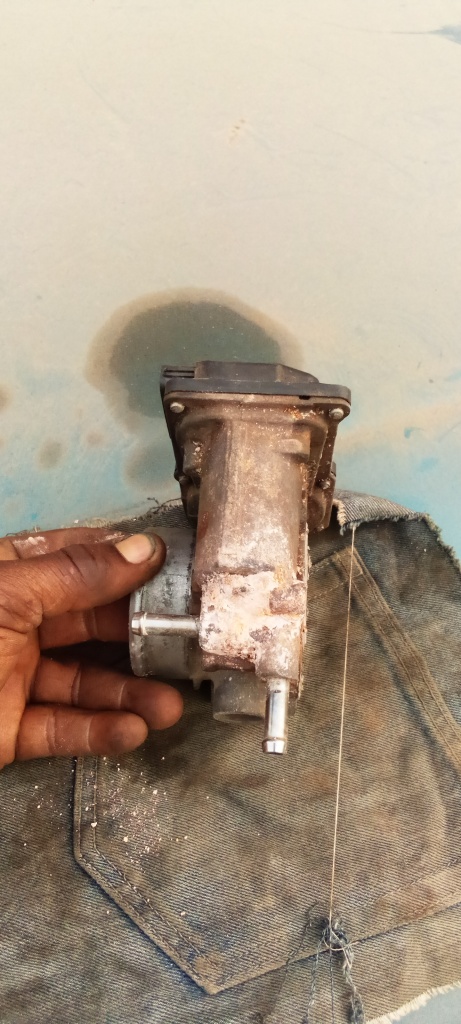
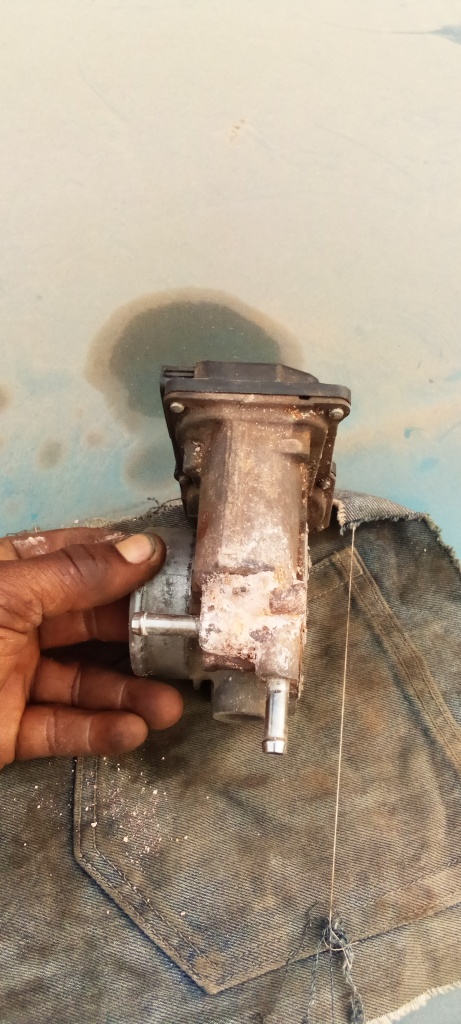
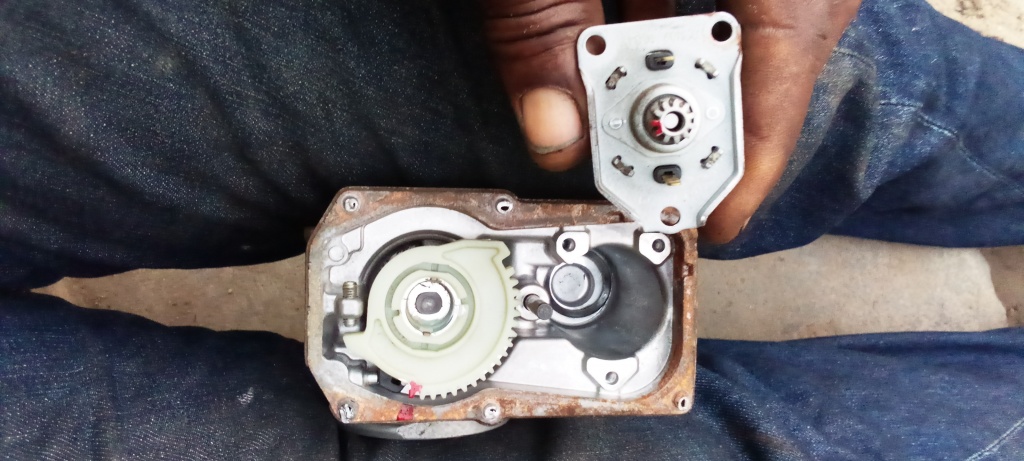
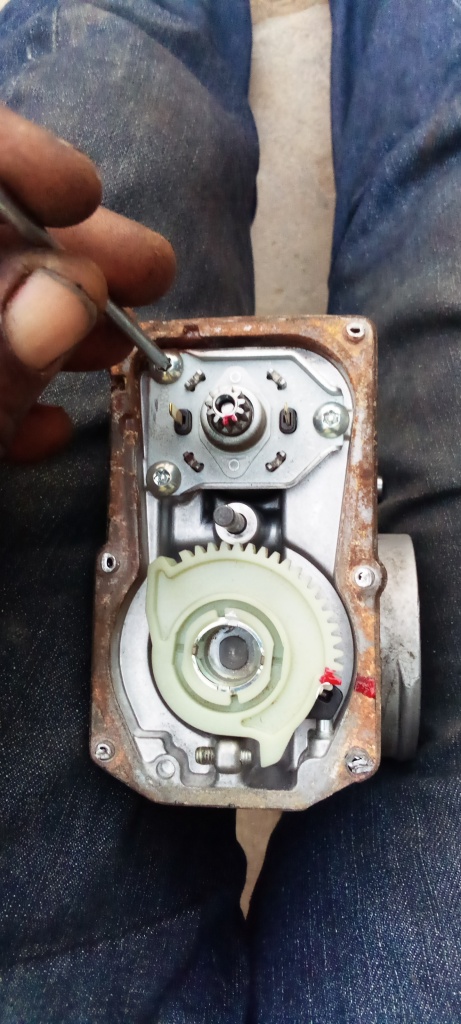
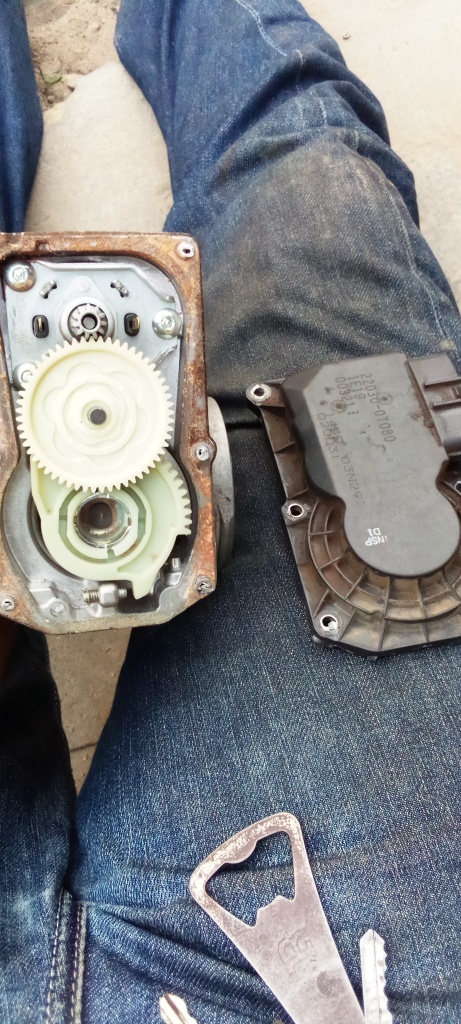
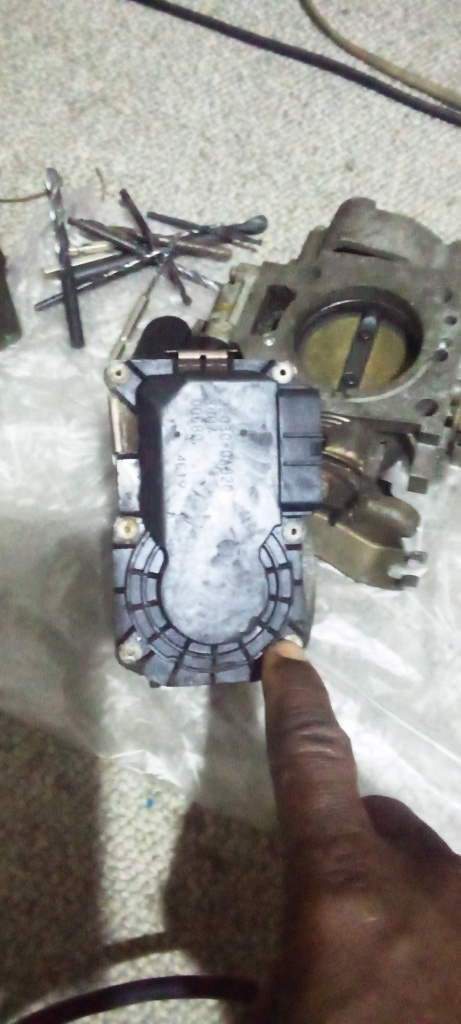
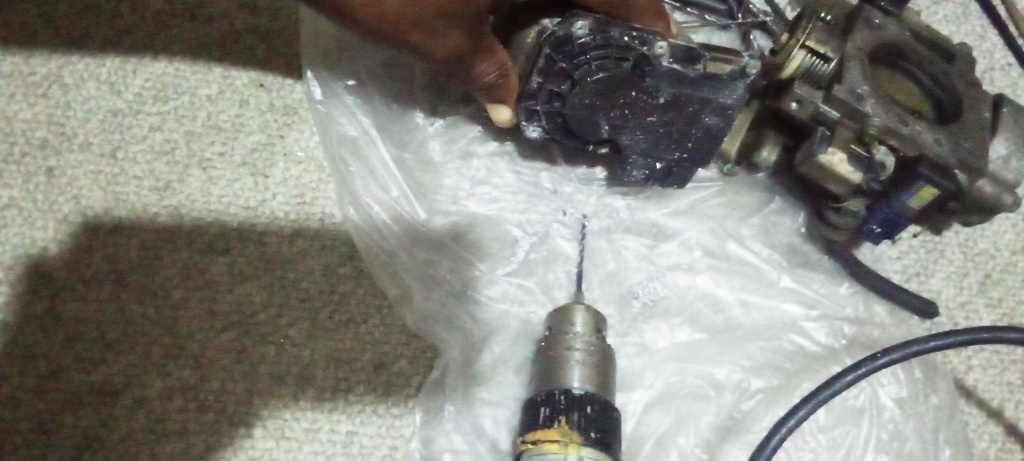
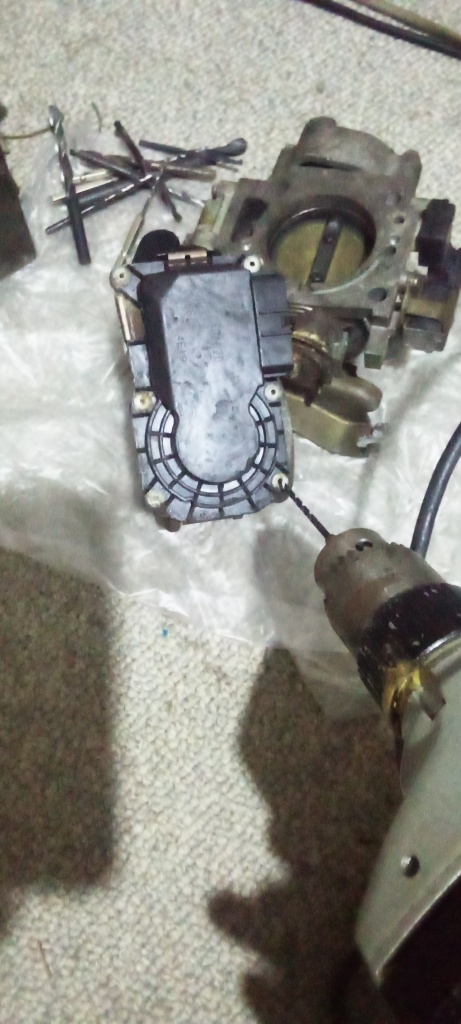
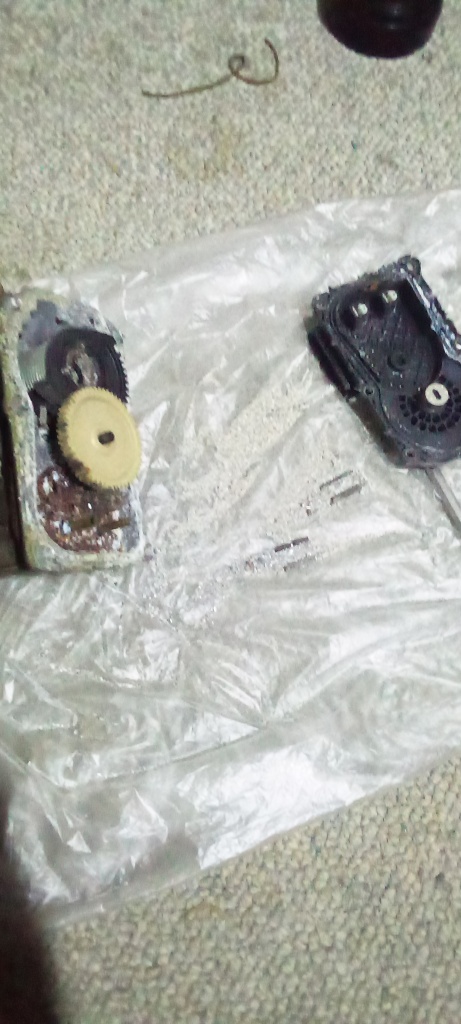
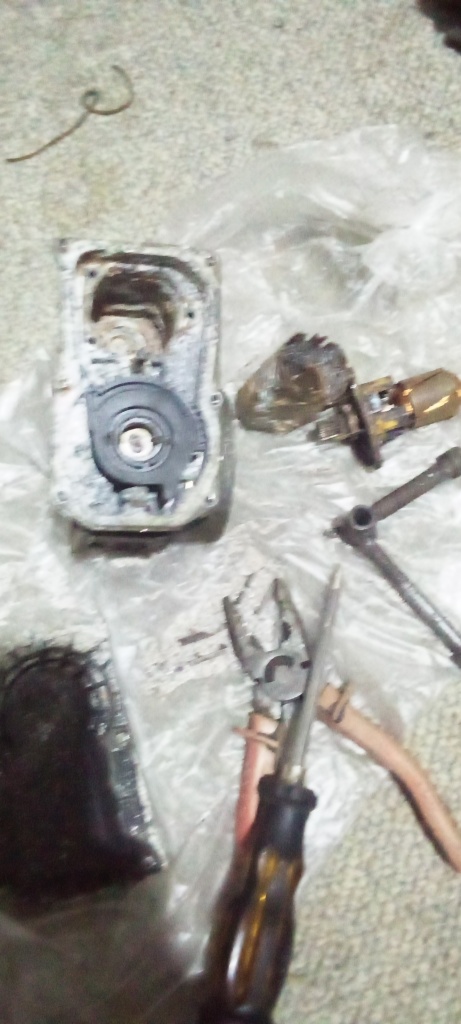
Some of these throttle body assemblies scavenged from the junkyard, and or from other sources, can be reconditioned, if one has the time and tools it takes.
A faulty electronic throttle body, can lead to faulty transmission engagements, cruise control malfunction, and notably, a non responding accelerator/throttle.
So take your time to check other component failures first, before totally replacing a throttle assembly.





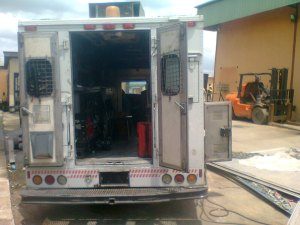
Thank you for this. I have learnt something today. When next my car has a fault, I would love to bring it to your service station please.
Many blessings
Thanks for the kind words. We look forward to hearing from you soon.